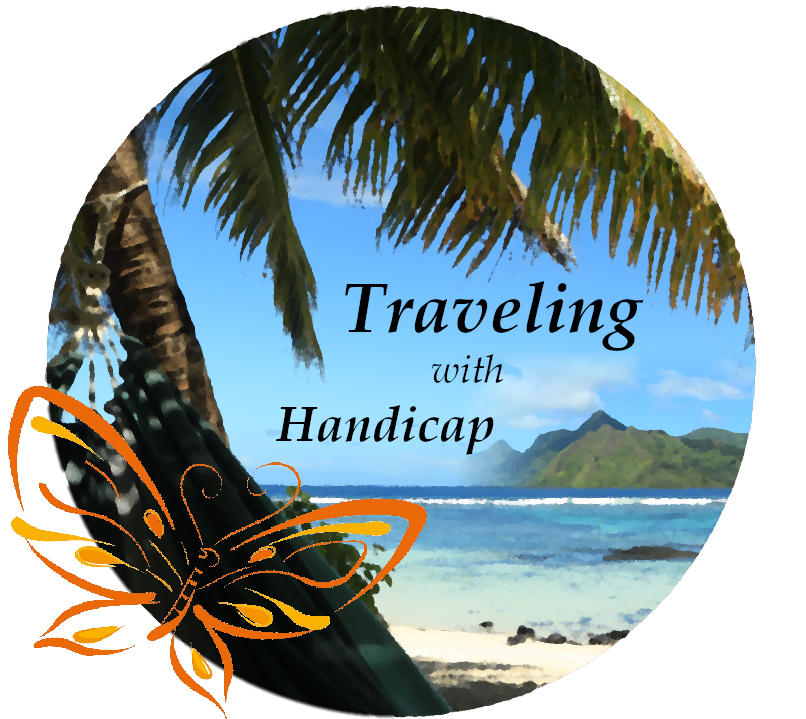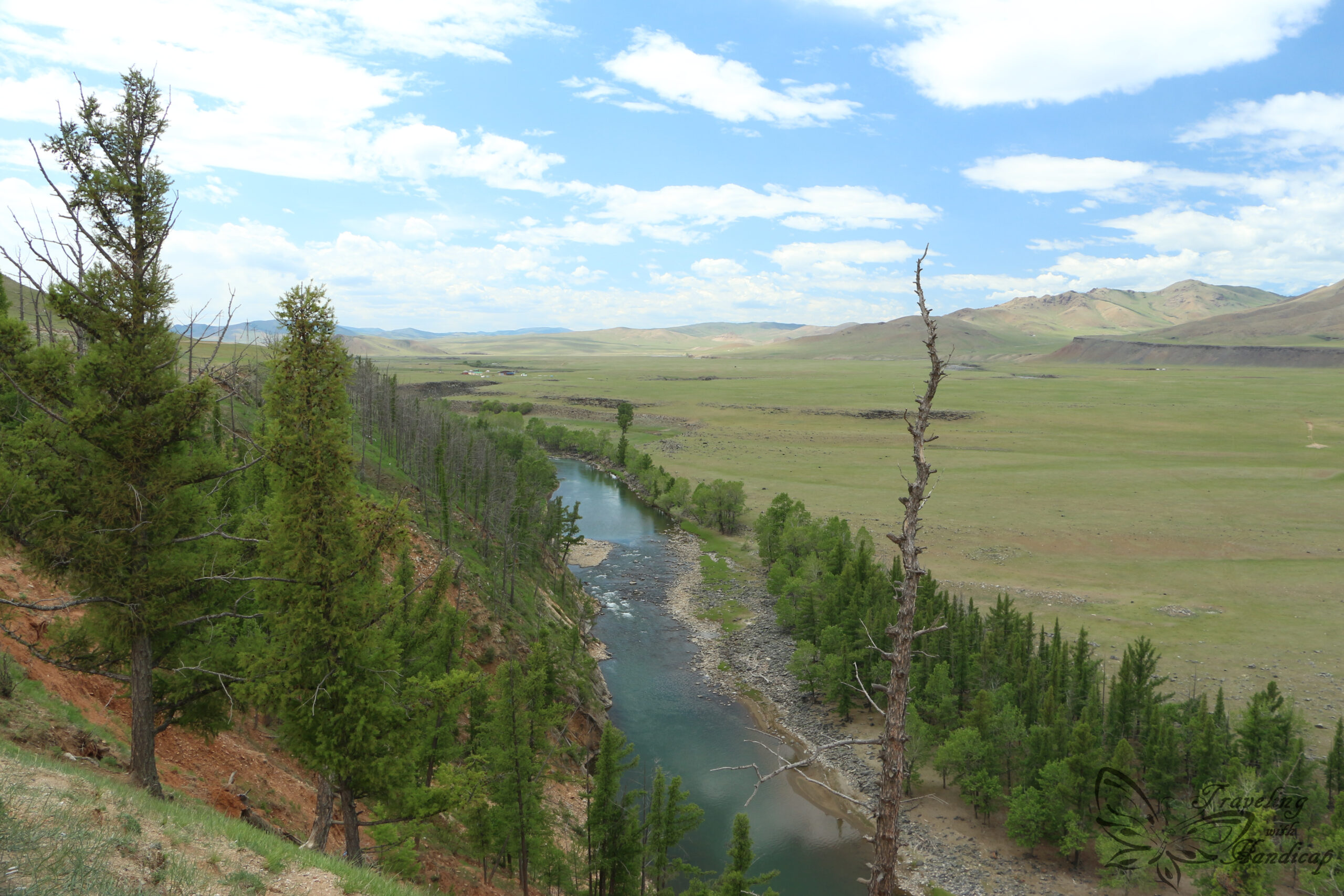Once a year, go someplace you’ve never been before.
Dalai Lama
The Tatacoa Desert
In San Agustín, I met a mother and daughter from Germany who recommended me visiting the Tatacoa Desert. I couldn’t remember to have read about a desert-landscape within Ecuador but was very curious when I heard about it. Moreover, I didn’t want to take one of the uncomfortable mini-buses back to Popayán only to continue to Cali. The two Germans also continued to Neiva, the city south of the Tatacoa Desert, for the airport. I went there since I decided to stay at the same hostel as them in order to do the desert-tour for some discount.
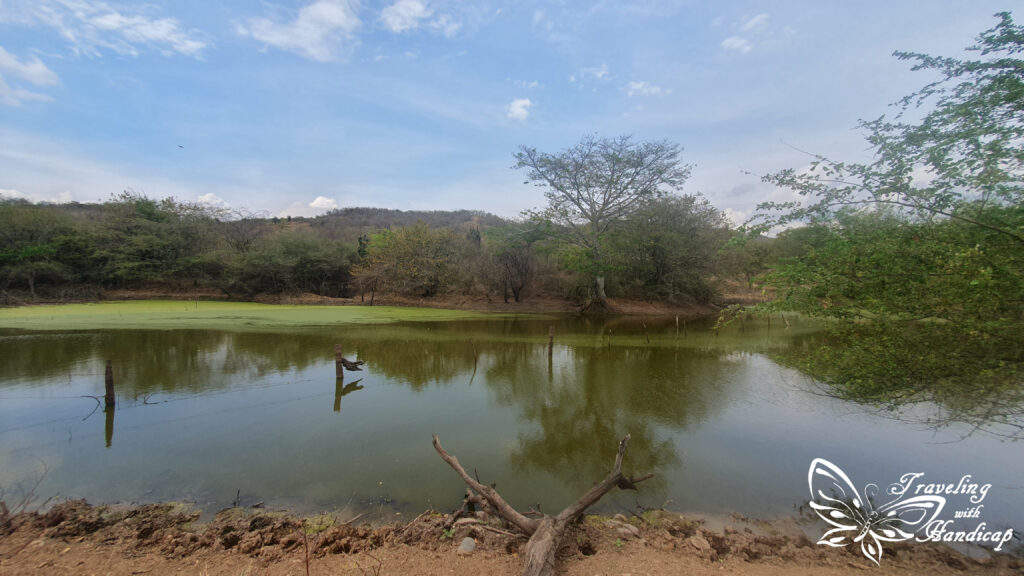
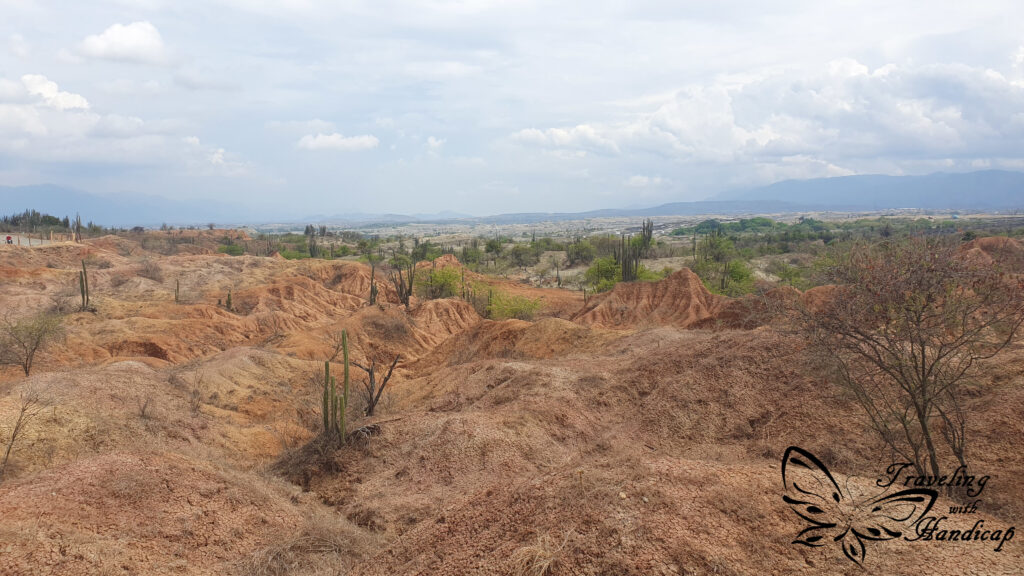
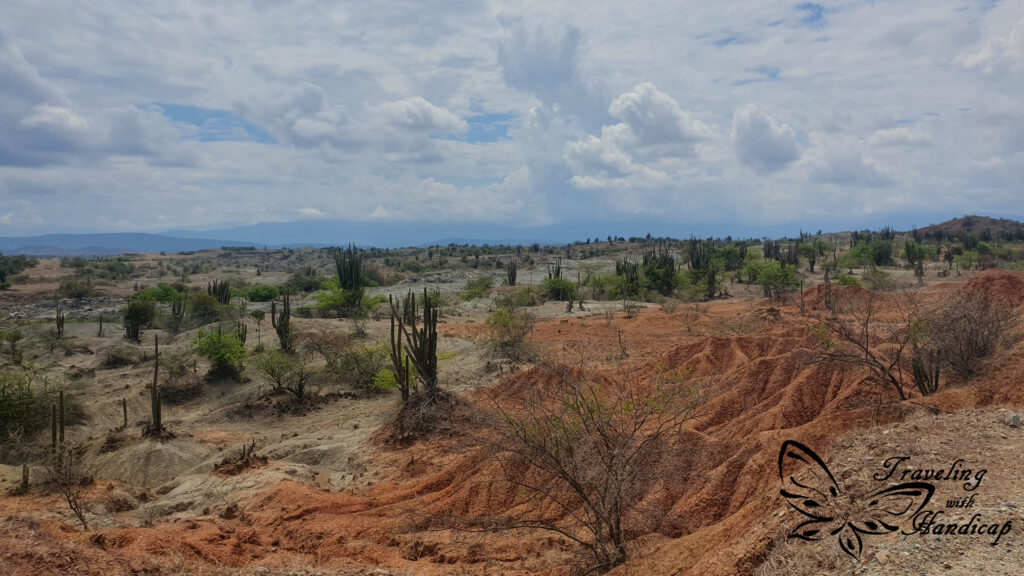
Neiva
We arrived late at night at the bus terminal in southern Neiva. Then, we shared a taxi to northern Neiva, to the hostel which was located rather close to the airport. I haven’t explored anything of Neiva since I just slept, did a full-day tour the next day, slept again and then continued towards Salento, via Armenia, by bus. Therefore, I can’t tell anything about Neiva. I would only like to mention that not only in the desert but the whole region, it was super hot. I didn’t stay any longer than necessary for the lack of proper air conditioning.
The Desert Tour
In the morning, we left the hostel in a small van towards the village of Villavieja. By bus, I could have also directly continued to Villavieja and doing a tour from there. From what I have seen of Villavieja while we waited for our guide to jump on the car, I would consider Villavieja more appealing to tourists than Neiva. As I haven’t spent any additional time there, it didn’t matter for me. But as a recommendation.
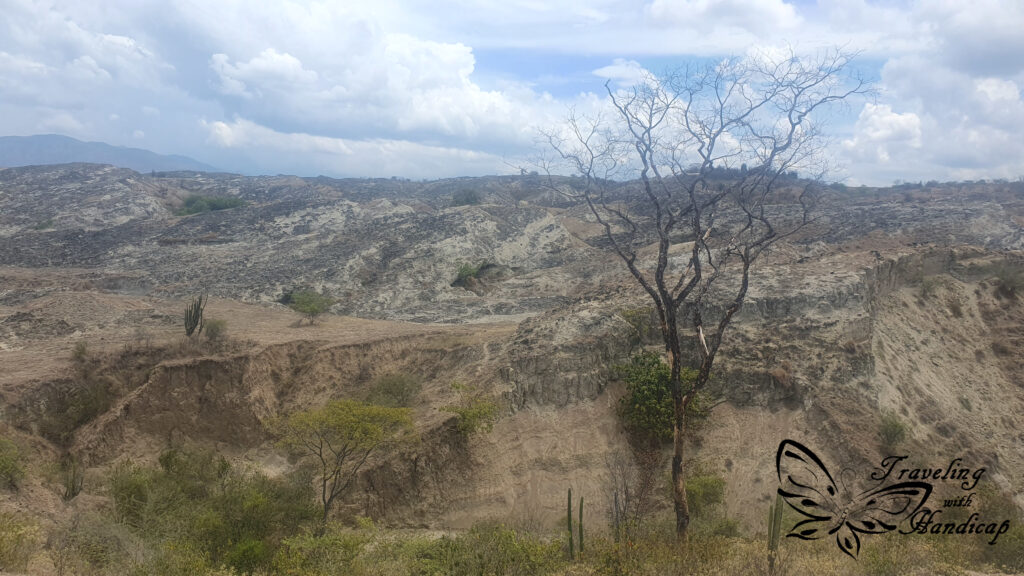





After this little stop, we were brought to the Tatacoa desert which consists of different parts. We started with the Valle de los Xilópalos, a bright brown and dusty part. Walking there for a while, we felt the dryness and heat even stronger. Sure, it was cool, but tough, and we were happy about every drinking break and then the lunch break. Actually, we got great food, but I was even happier about stocking up my water supplies. After lunch, we went to a swimming pool in the desert and spent quite some time there. Actually, both the guide and driver used our pool time for a nap. Siesta, as you call it.

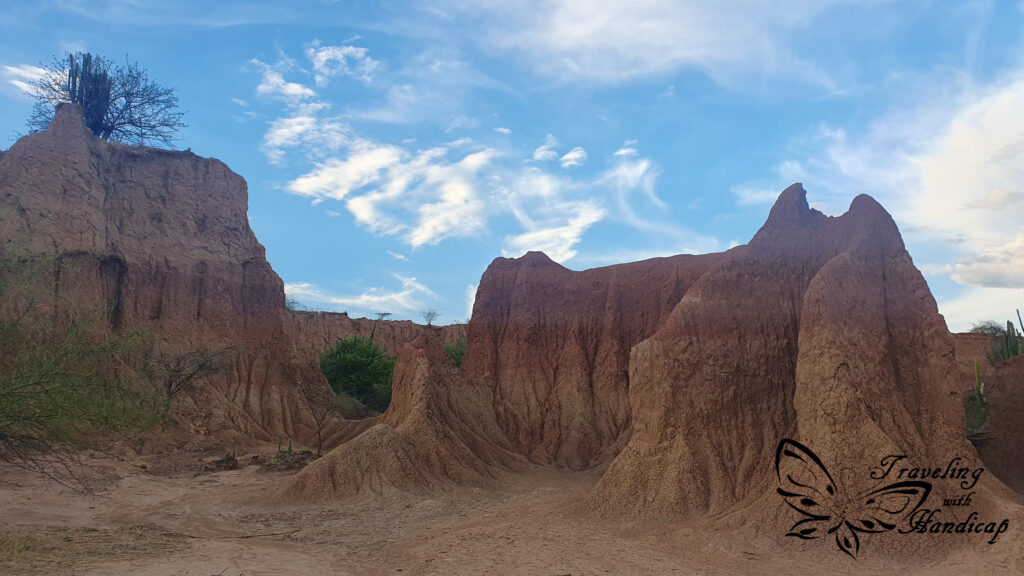
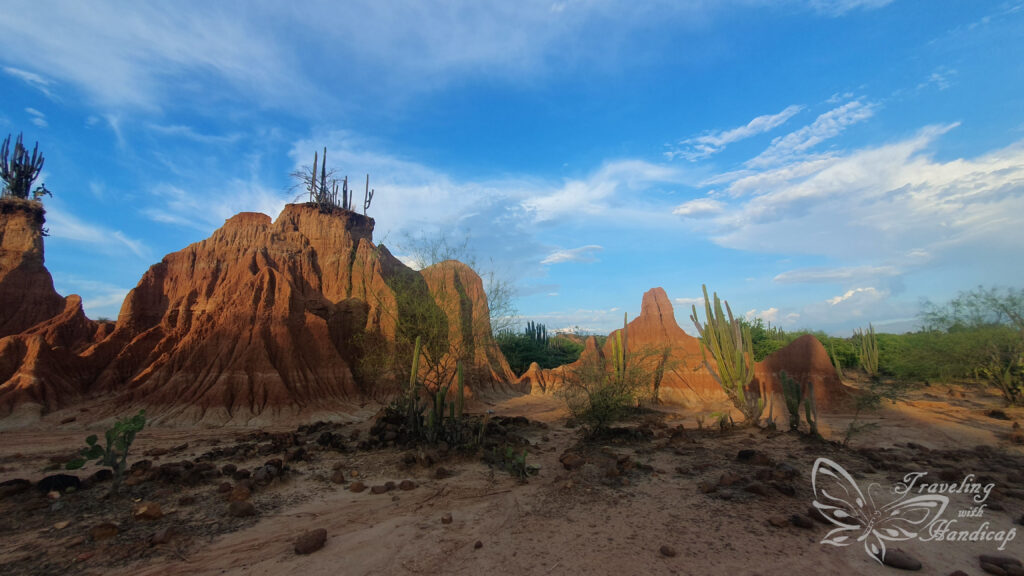
In the evening, we finally went to the Desierto Rojo with its amazing red stone formations. Especially within the setting sun, the colors were stunning. I didn’t expect to find such a landscape within Colombia that I consider similar to the stone formations around Utah. We finished the day by stargazing close to the Desierto Rojo, but some clouds blocked a full view of the Milky Way.
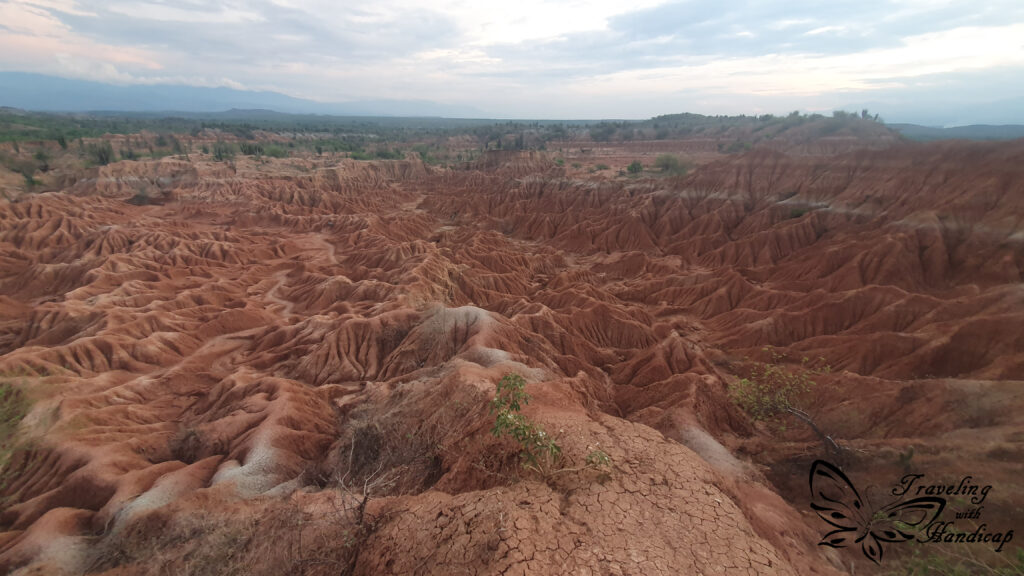

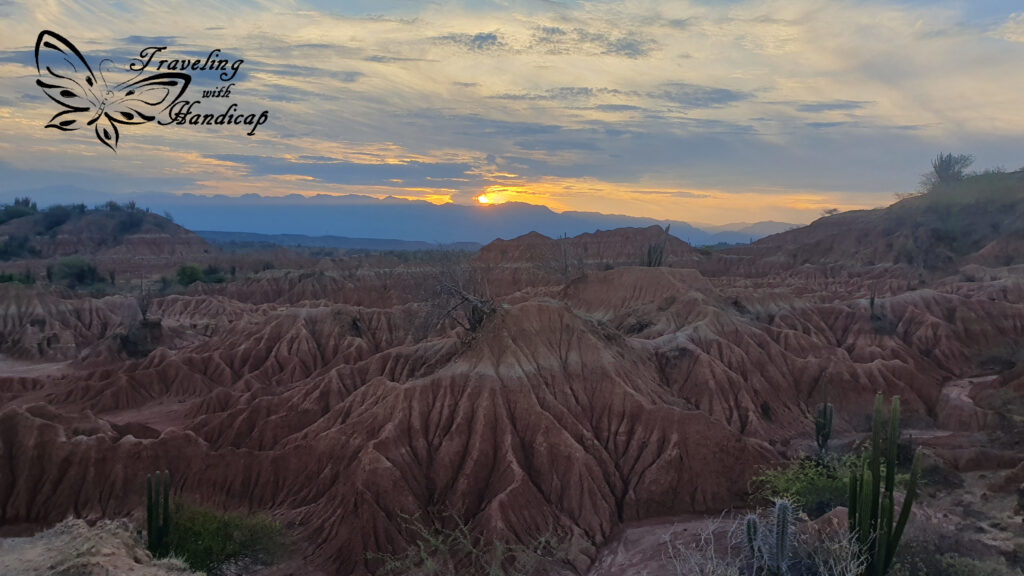
Salento
I left Neiva on a night bus to Armenia. Actually, it’s funny how many European city or country names you find within this region. I could have continued from Armenia to Montenegro or Sevilla. In Armenia, I had to take one of the smaller regional buses to the surrounding villages. Unfortunately, my bus did not stop at the bus terminal in Salento that is located a few meters downhill before town. Instead, it drove directly to town and stopped when people requested. So I requested a stop and asked around whether someone can call me a taxi. This was necessary since I stayed at the Yambolombia Hostel, a hippie place a bit further out of town, surrounded by stunning nature.
When leaving Salento, I took one of the few direct buses to Medellín which is very popular among tourists. We were almost only tourists. Unfortunately, the air condition of the bus was broken, so we requested to drive with an open front door. Otherwise, the heat would not have been bearable. After a delayed departure and more time than initially expected, we made it to Medellín.


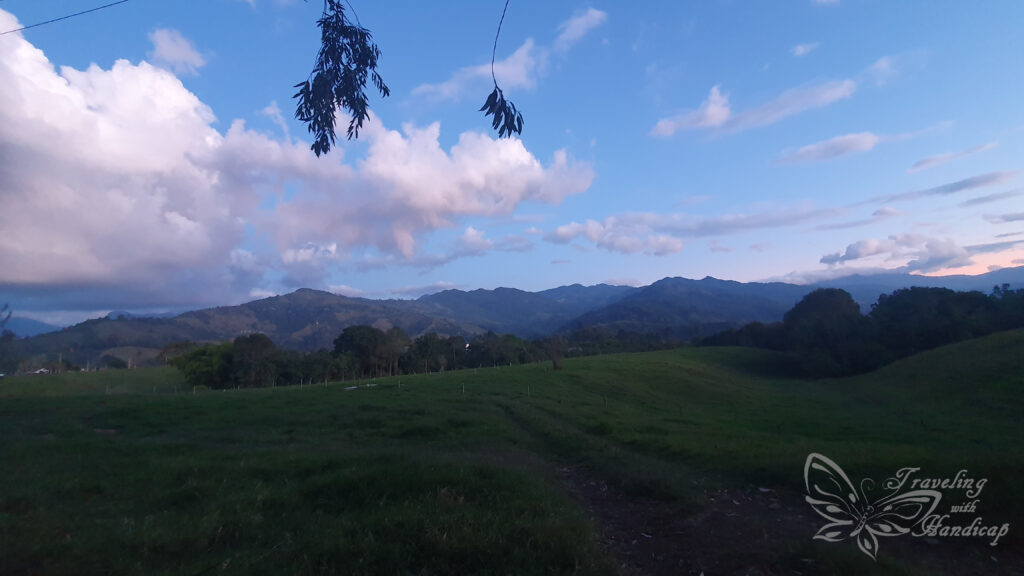

Town
The whole center of Salento consists of many colorful colonial style buildings. Actually, Salento was my favorite location within Colombia for that reason. And because of its location beautifully embedded within the mountains. However, only the center of Salento was carefully taken care of with respect to its houses. The surrounding parts of Salento didn’t have such nice houses. Nevertheless, they still had a certain standard.


I found many souvenir stores as the town is very famous for tourist. Moreover, there were different cafés and restaurants, even excellent vegetarian options. However, the bakeries lacked in non-sweet bread and supermarkets also lacked in fresh vegetable. Therefore, I mainly went to restaurants even though my hostel had a well-maintained and clean kitchen.

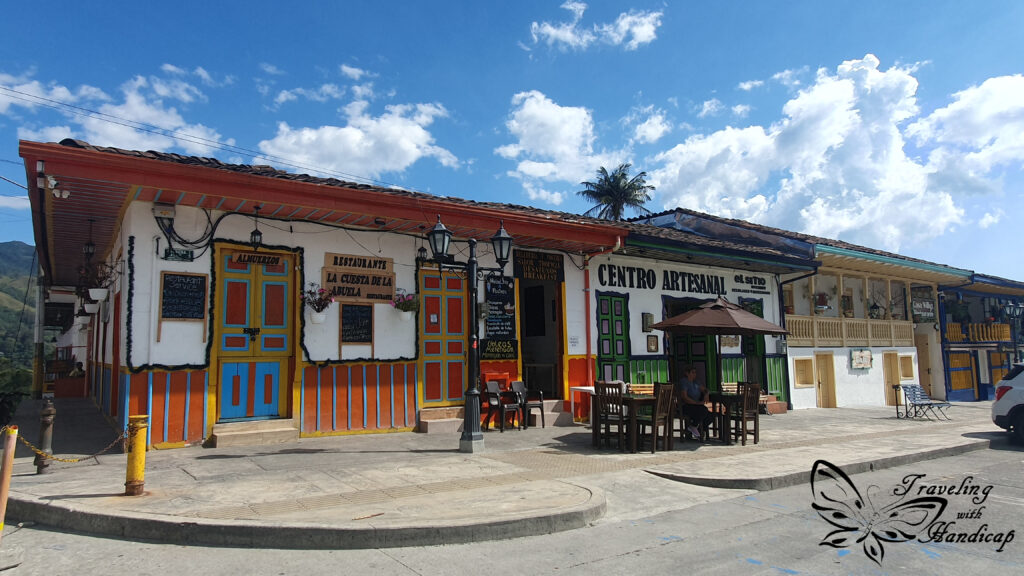

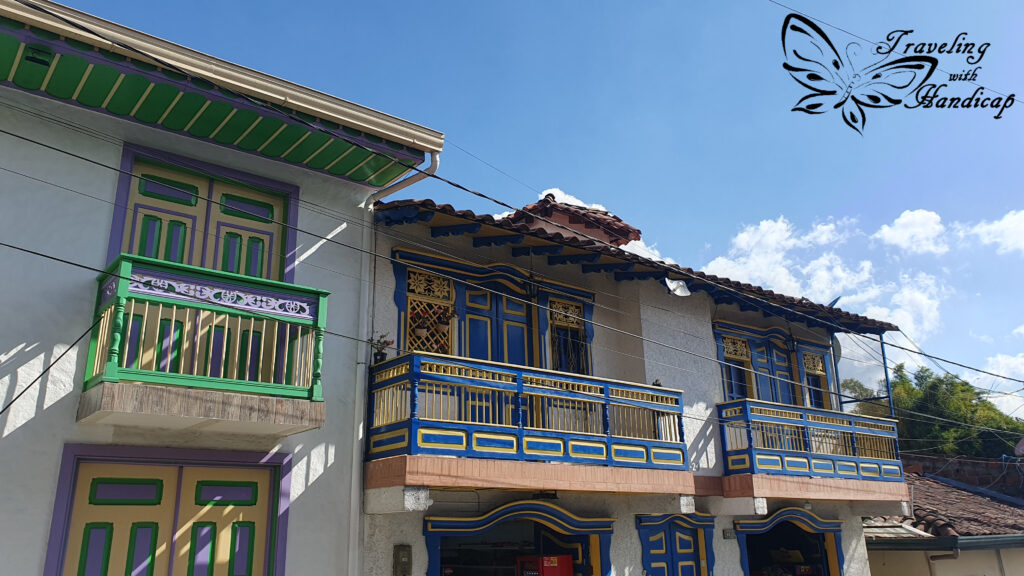

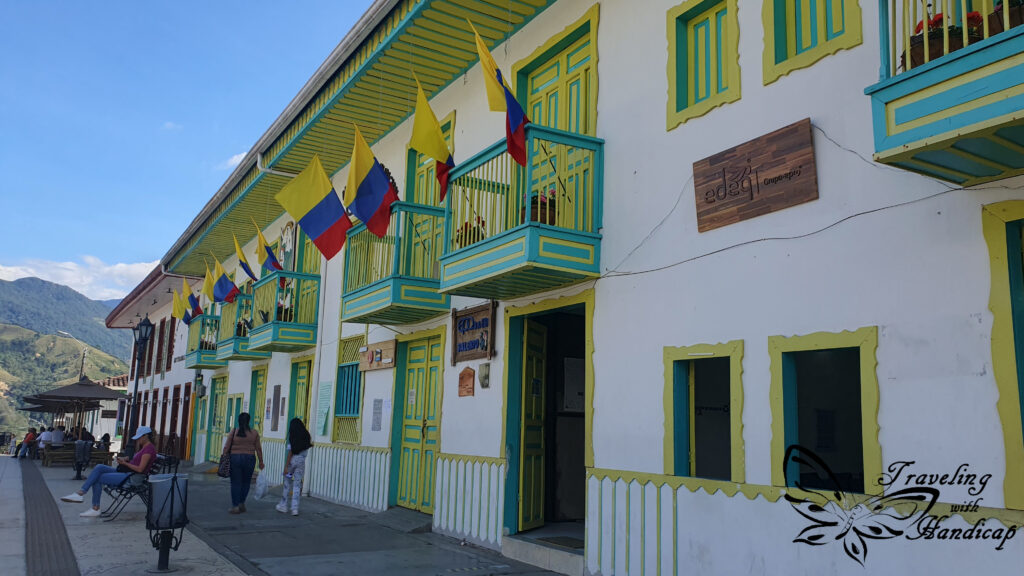
At one end of the town, there is a charming mirador which you reach after climbing some colorful stairs. From up there, you both have a beautiful view over Salento and the surrounding area. Moreover, may spot various fincas in the surrounding valleys.

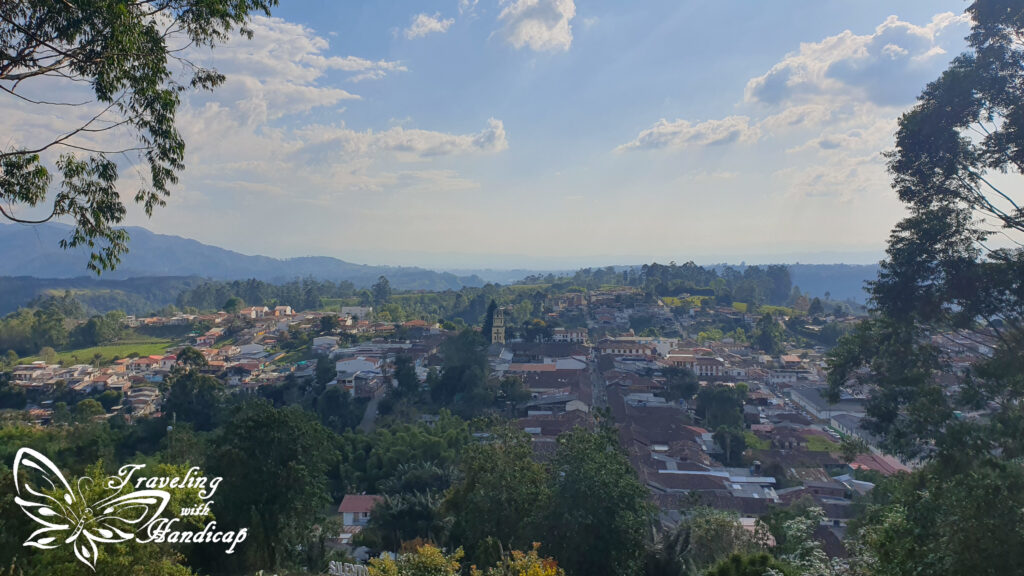

Valle de Cocora
The main reason for tourists visiting Salento is the Valle de Cocora, the palm tree valley. There are SUVs waiting on the main square in Salento to bring you down into the valley, to the starting point of the sendero. Actually, these SUV trucks load people on the trunk seats, some even jump on them standing on the back. I would be too scared standing there while driving not too slowly. However, this might be a kick to certain tourists who specifically request these spots on the SUVs.
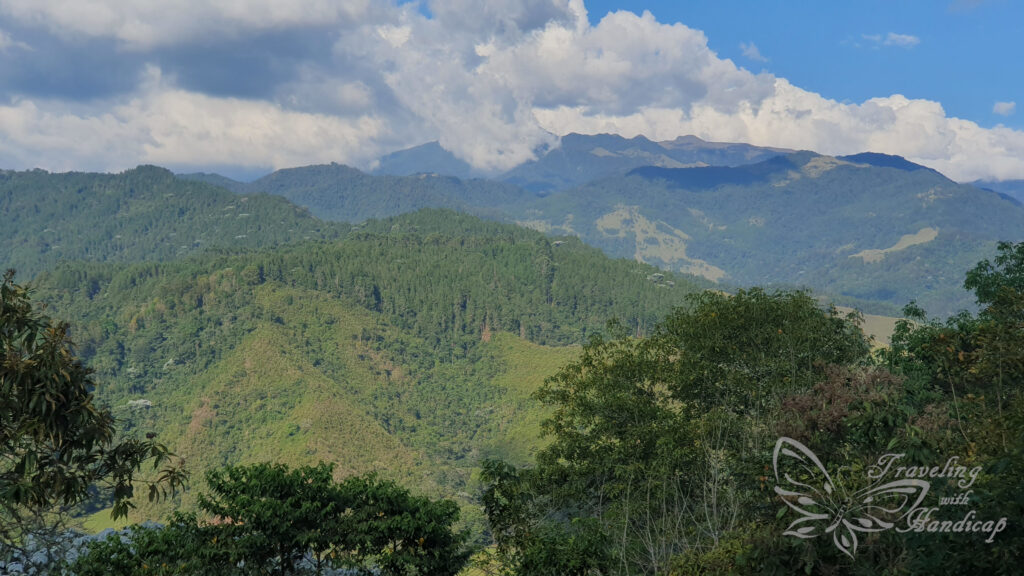
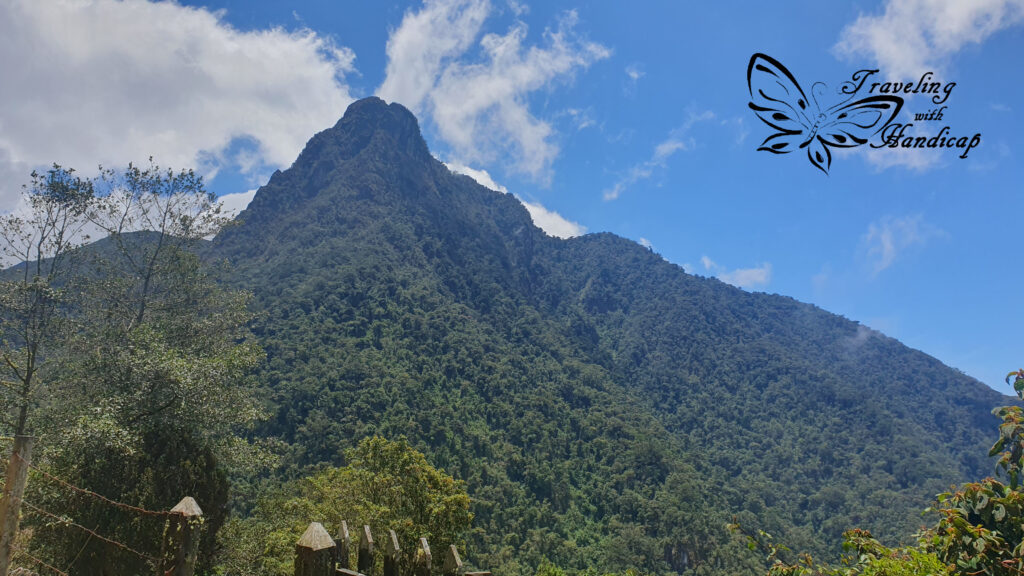
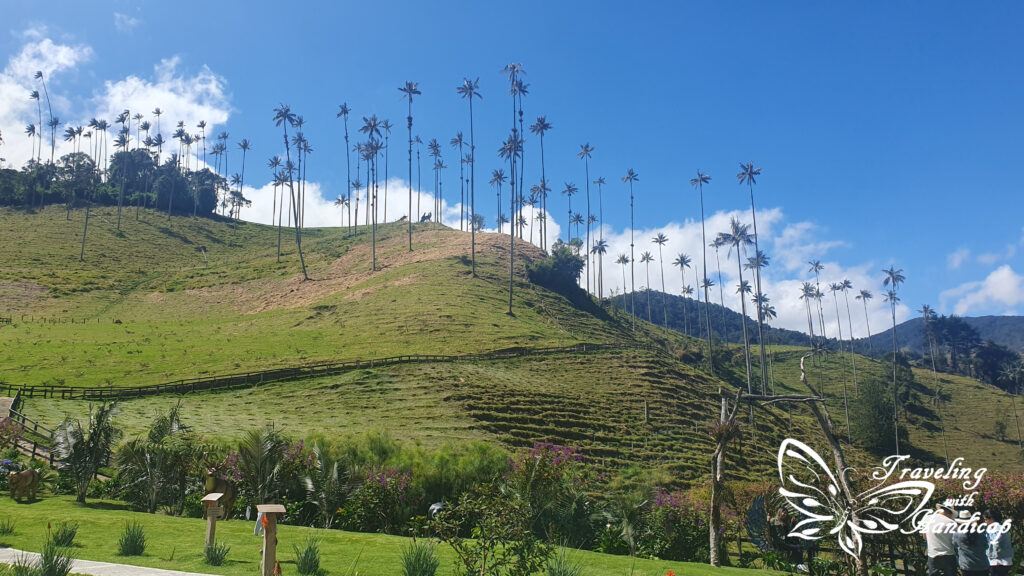
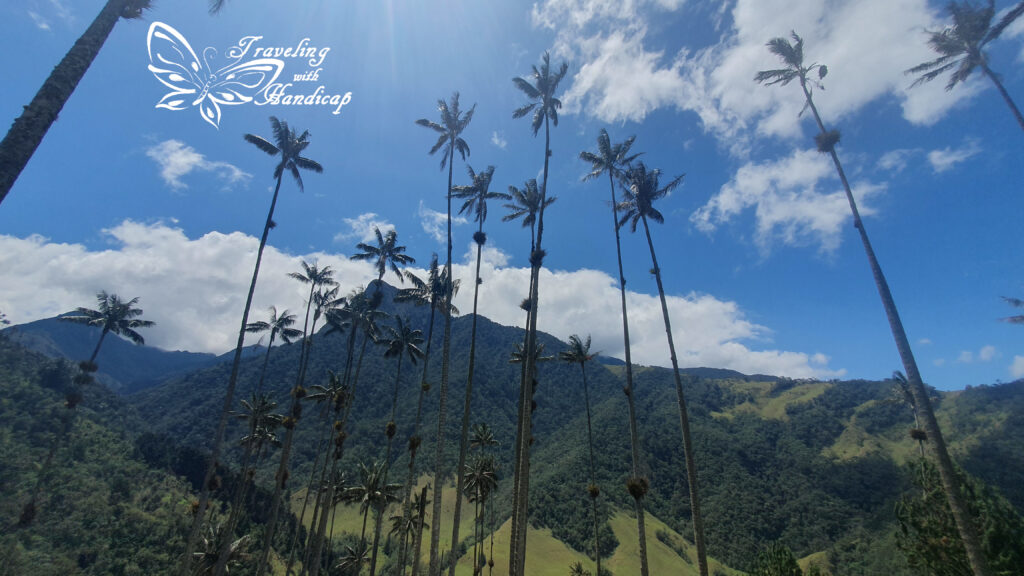
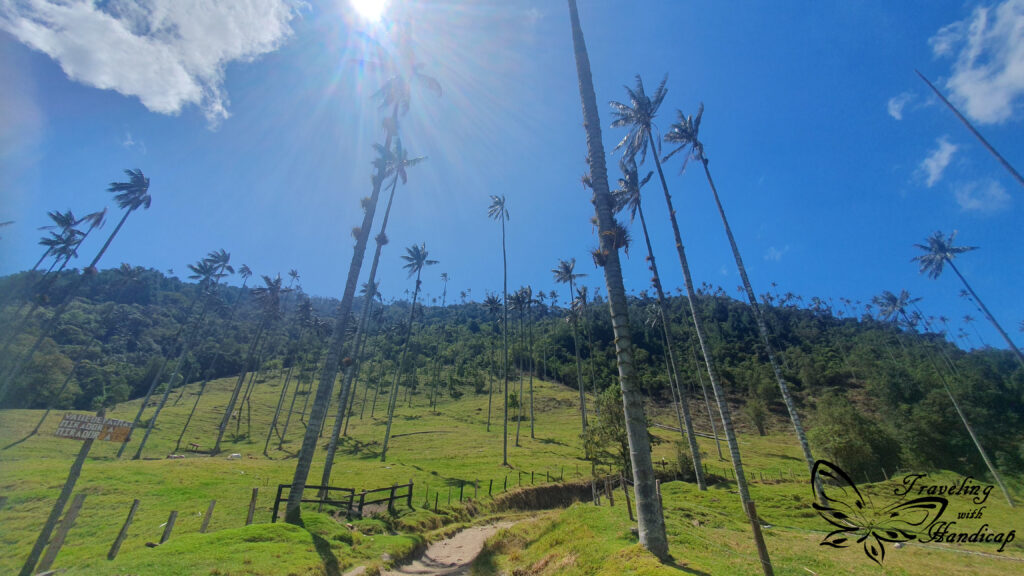
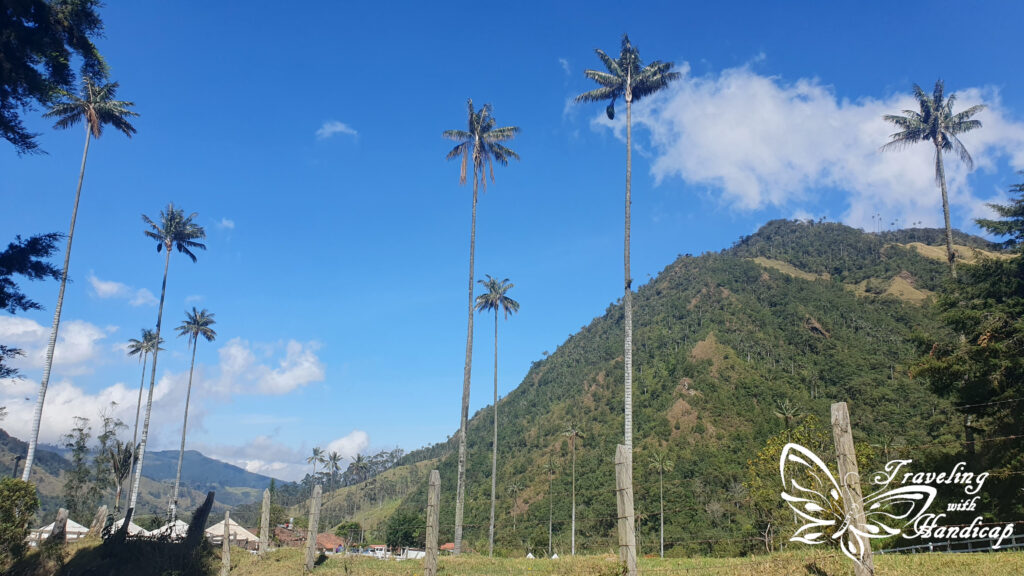
Starting from the accumulation of a few houses named Cocora, you may either pay an entrance view to walk to a view of colorful photo spots. Or, you hike a really pleasant track to different viewpoints of the up to 60 meters high palm trees. Not only to view the palm trees but also enjoy other views, a small creek with certain (unstable) bridges to cross as well as a butterfly farm.





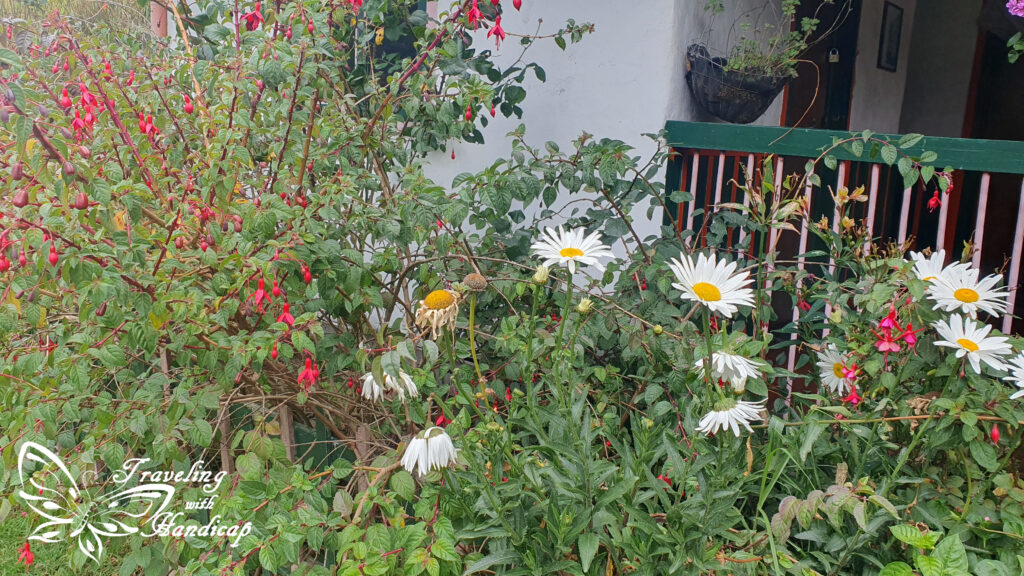
Guatapé
Coming from Medellín, I took a regional bus to the village Guatapé located at the Embalse del Peñol, an artificially created lake. There are only two bus lines passing or finally stopping in Guatapé. Even though they offer frequent connections, due to popularity of this town and the region, you might have to wait for one hour for the next available seat. The small village consists of many colorful houses in colonial style. However, it has to be mentioned that while the houses of Salento are truly colonial, Guatapé has been built artificially. I stayed in the Lake View Hostel.
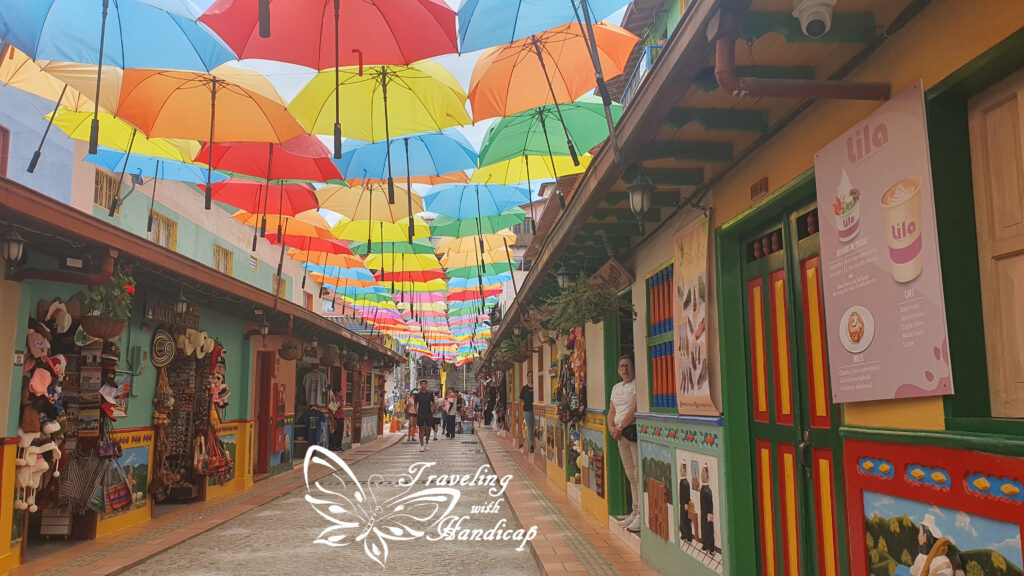
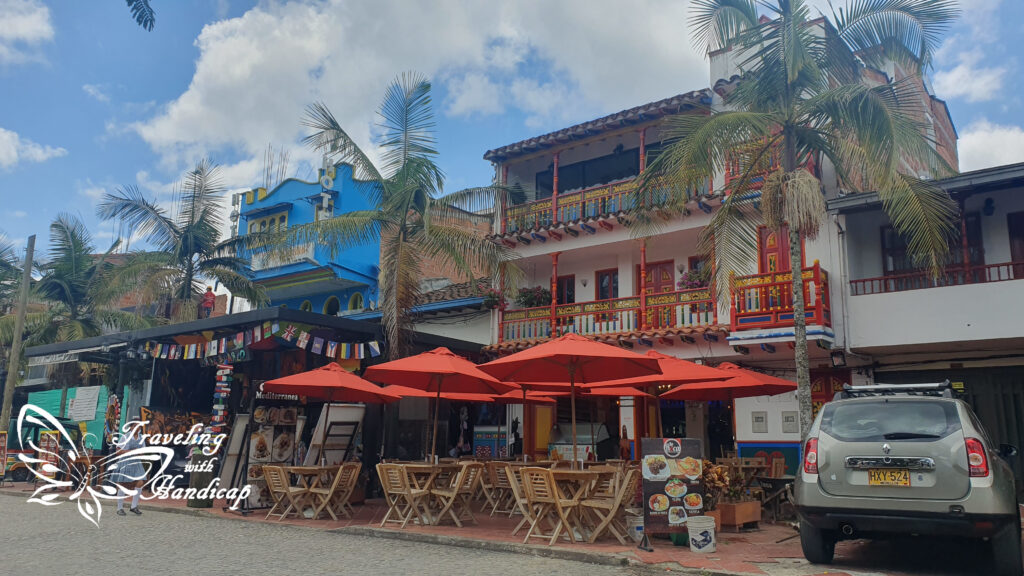
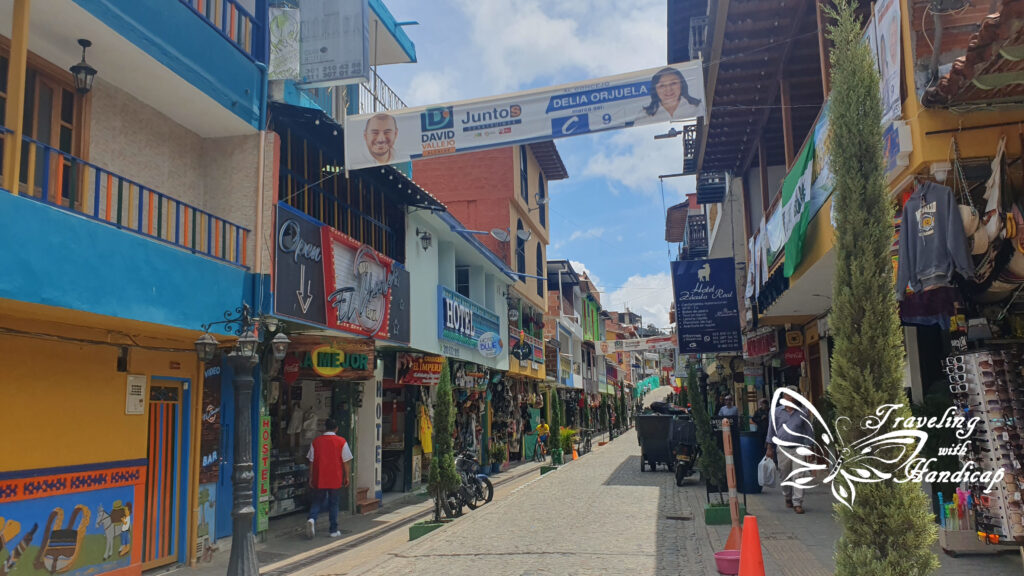


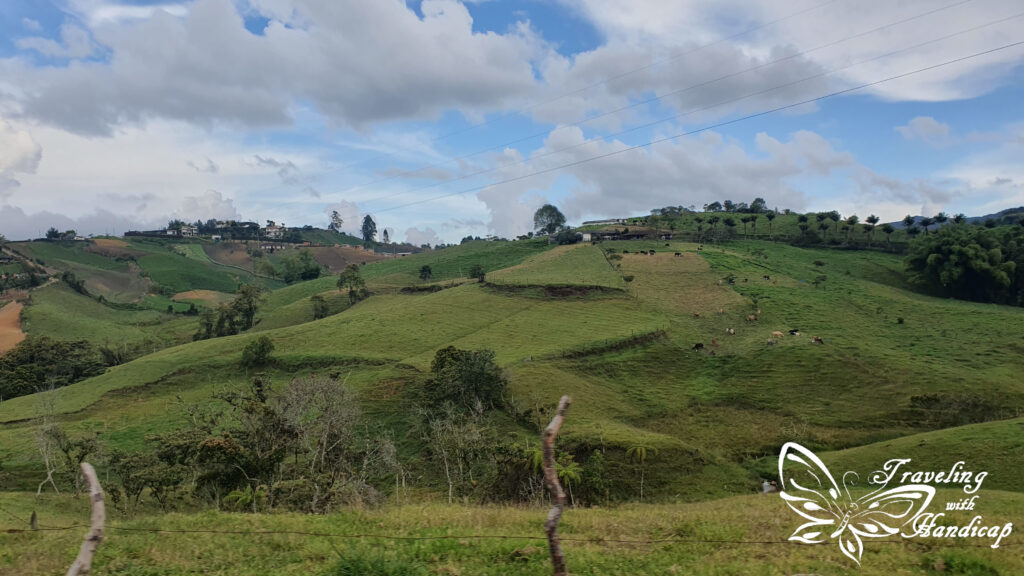
Honestly, there is not much to do in Guatapé as soon as you’ve explored the town walking around. My hostel offered good breakfast and even a Thai restaurant which I didn’t use. During the evening, there was a thunderstorm with rain showers that looked great from the common area on the upper level. There are quite some tourists who tell you about a certain “vibe” of Guatapé. However, there is no special vibe similar to any other places. It is always related to the people you meet and the atmosphere you enjoy. It may be great for one and terrible for the next person. Likewise, it’s definitely not dependent on the town.
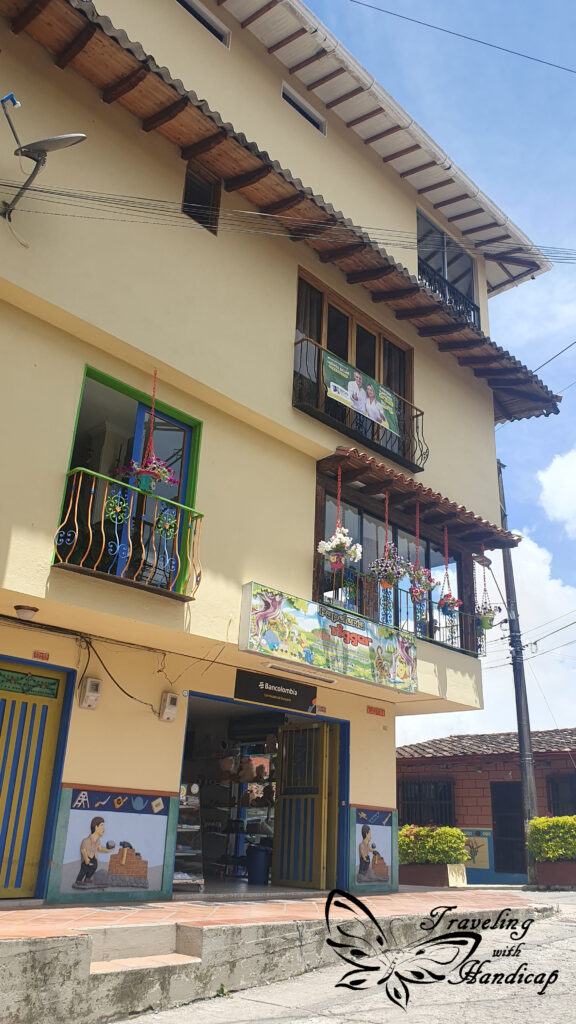
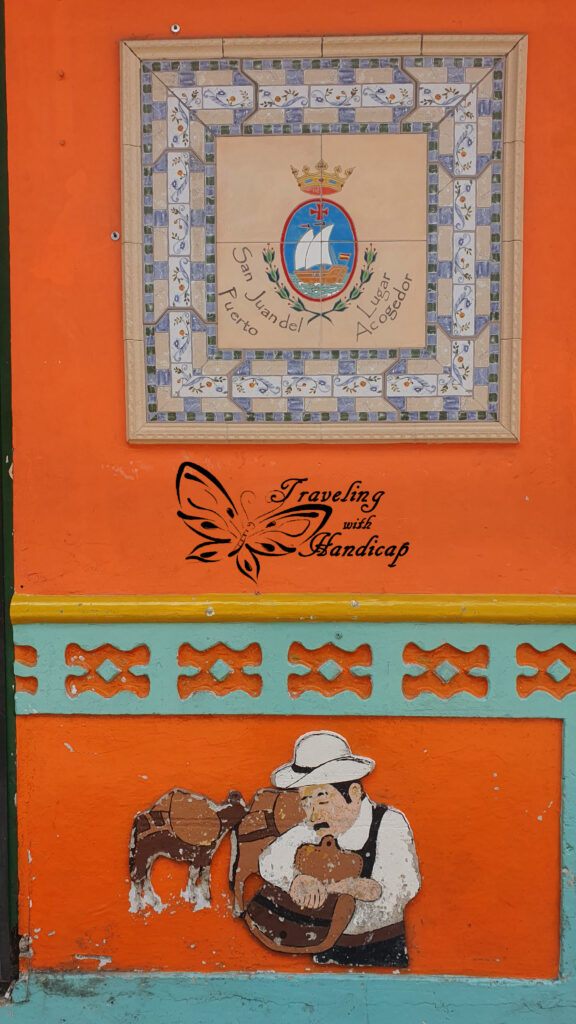
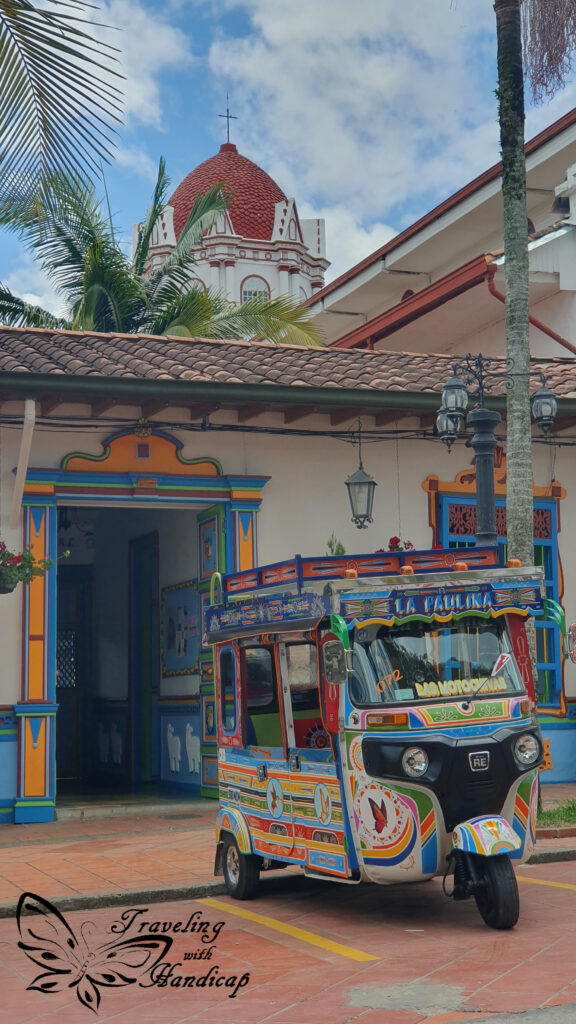
Piedra del peñol
One famous thing to do around Guatapé is climbing the Piedra del peñol. This is a huge rock which offers a great view over the artificially created lake and the surrounding villages embedded in green landscapes. I expected the climb to be more exhausting than it has actually been. Huge loads of tourists are carried to both the rock and Guatapé on day trips from Medellín. However, I was happy to have explored the area individually. I appreciate the flexibility of staying at places for as long as I enjoy and to sit down for some coffee whenever I find a nice spot.



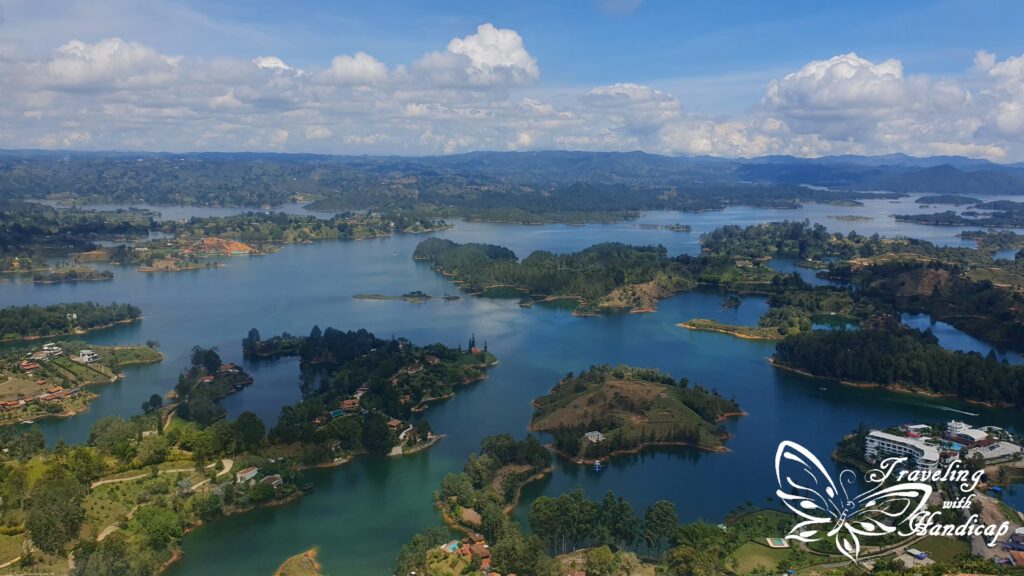
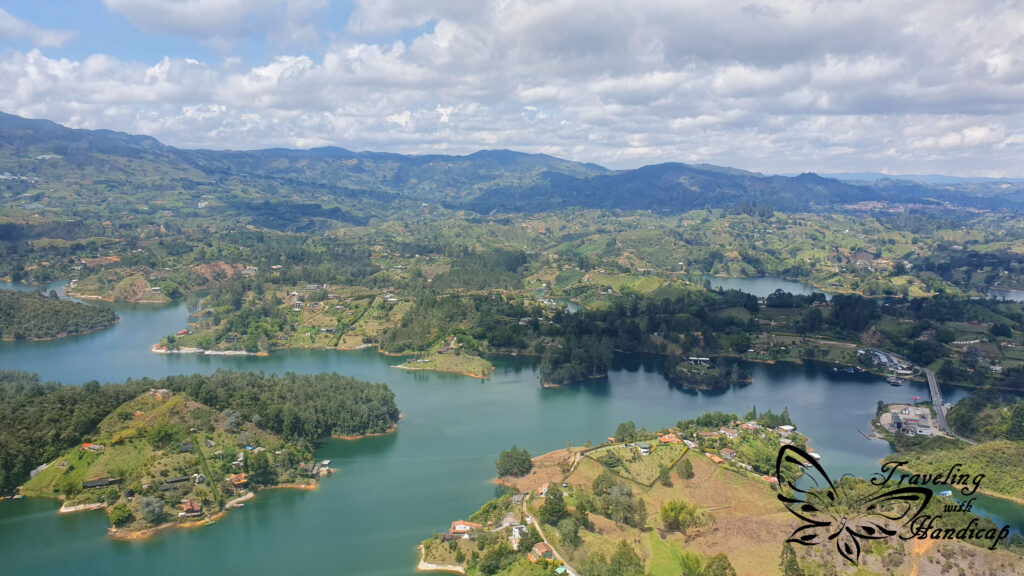

I have been told that there are many small villages beyond Guatapé which have a pleasant flair and should be visited for the “full experience”. However, due to a lack of time for the many options I had to explore Colombia, I had to focus on certain places and skip the “additional” ones. As I wasn’t too impressed by touristic Guatapé, I consider it rather as a good location for people who want to work remotely but not as rich in things to explore.
